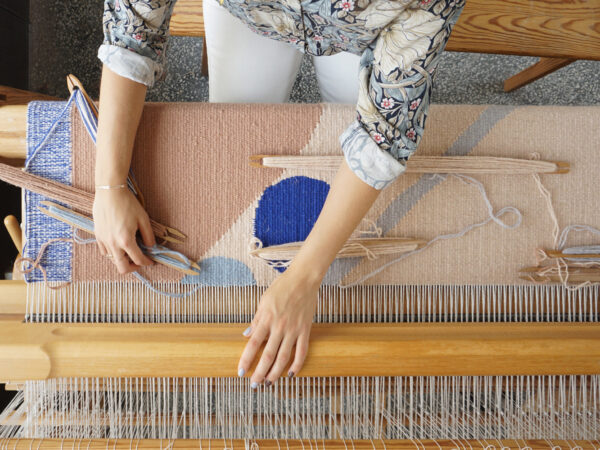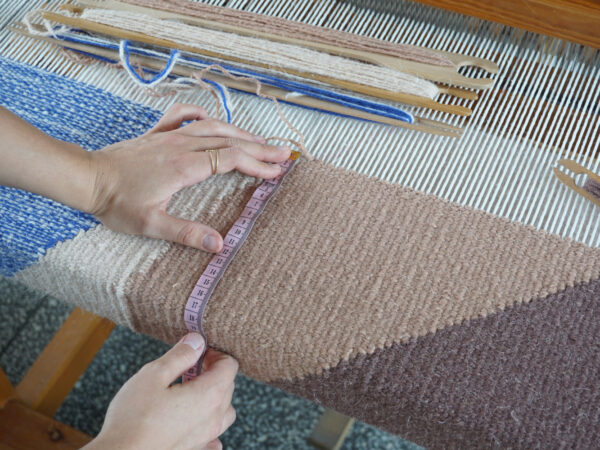What actually a kilim is?
 Kilim is a very practical kind of textile and also one of the oldest crafting techniques in the world! Nowadays the most popular way to display kilims at home is to hang it on the wall or to use it as a floor rug. But there are many examples of using kilims in furniture (ex. upholstery) or in clothing and accessories. It’s one of the few types of textiles that is always entirely made by hand. Up to now, there’s no technology, that could be able to replace human hands in this kind of technique.
Kilim is a very practical kind of textile and also one of the oldest crafting techniques in the world! Nowadays the most popular way to display kilims at home is to hang it on the wall or to use it as a floor rug. But there are many examples of using kilims in furniture (ex. upholstery) or in clothing and accessories. It’s one of the few types of textiles that is always entirely made by hand. Up to now, there’s no technology, that could be able to replace human hands in this kind of technique.
But first things first! We cannot tell when the first kilim was made exactly , but we can easily say that these textiles were accompanying humans from the very beginning. The oldest known kilim comes from IV-III B.C. century – it’s called a Pazyryk and it’s a very subtle rug with an enormously complexed design. The master craftsmanship level suggests that the technique was known and practiced much earlier.
The kilim technique is not so complicated and also building a simple loom is possible with just a little manual skills and using widely accessible materials. These were the reasons why kilims got so popular in the whole Asia and then also in Europe. There are also a lot of examples of historical kilims in the both Americas. Even nowadays the traditional kilim designs are repeated in manufactures and local weaving workshops in Middle Asia, Morocco or Mexico. The kilim technique has not changed for thousands of years. Maybe today we use more comfortable looms and we can work with industrially made yarns, but the way of interweaving the threads and the technique of making patterns has not changed a bit. Looms still need to be human-powered and the making of kilim still needs a trained eye and skillful hands.
Kilim can be easily distinguished from other textiles. First, it’s reversible – the right and left side are the same (only mirrored) and they have the same properties. Rigidity and high density are other characteristic features. If the kilim is made properly you shouldn’t be able to see warp threads in the material’s structure, only woolen weft should be visible. Kilim made in that way is always very durable and resistant to abrasion and wearing out.
Traditional kilims were always made from woolen weft on the linen (and sometimes woolen) warp. XX and XXI centuries were the time of experiments with synthetic materials but despite of that, wool, cotton and linen are still the most popular materials.
The process of kilim making is very time-consuming. The first stage of preparing a loom for weaving can take few days, sometimes even a week. Then comes the weaving stage. The skilled craftsman can weave 4-10 cm of kilim in one hour. The weaving pace depends on the design complexity the most, not only the width of the whole textile. But it’s not the work you can do from 9am to 5pm. It’s a physically exhausting work so in Tartaruga we weave 6 hours per day at the most, just to be sure that our joints and spine will stay well for a long time.
So as you can see – rugs made using a kilim technique are very durable and long-living. Even nowadays they can be those objects that we pass down to future generations.


